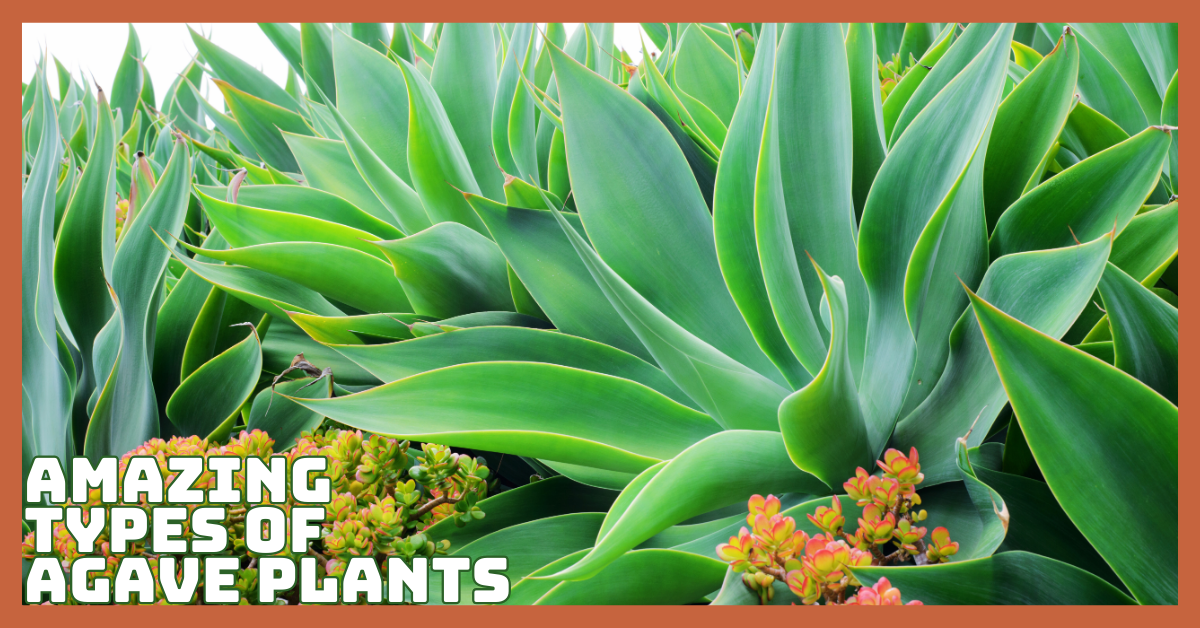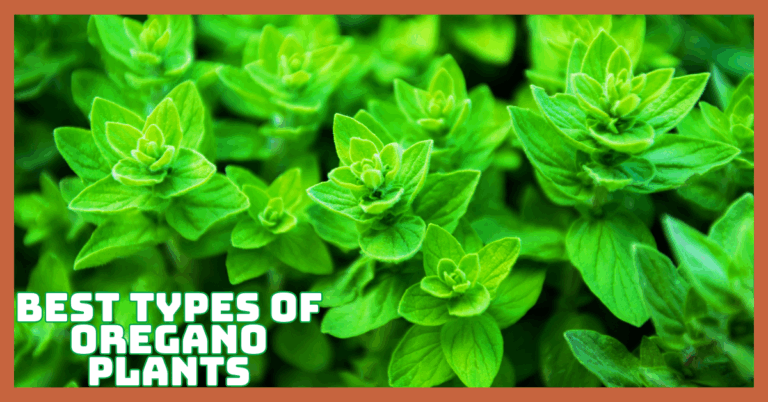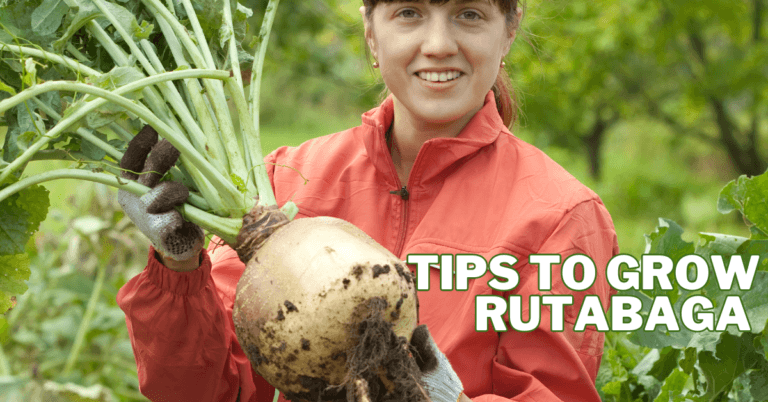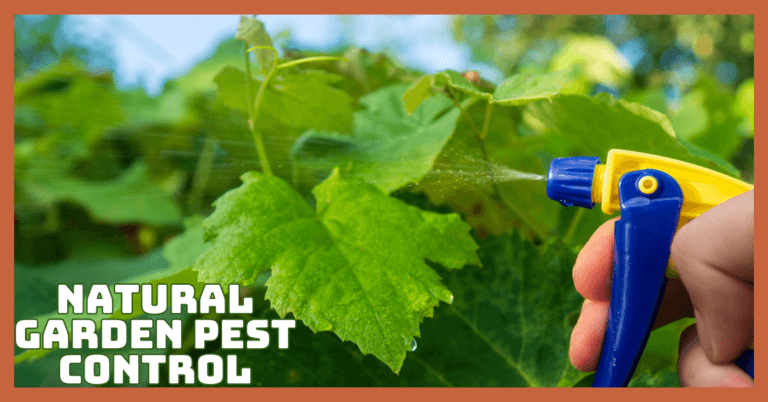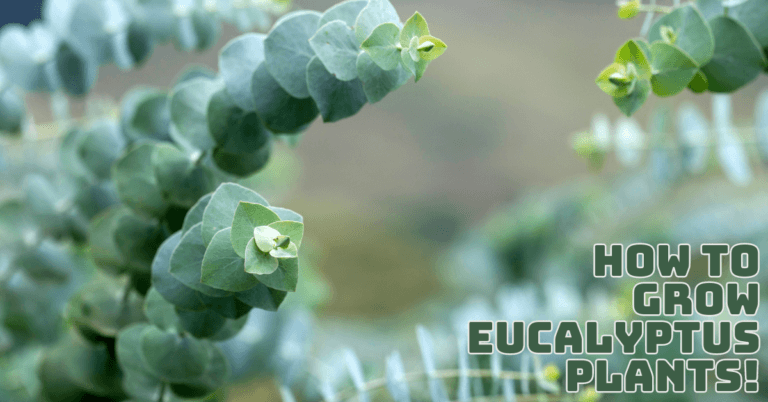Amazing Types Of Agave Plants To Beautify Your Garden
Agave plants are a varied collection of succulents prized for their beauty and resilience. Ranging from ornamental varieties to those used in tequila production, these plants thrive in arid conditions and are perfect for desert landscaping.
This article will explore the different types of agave plants, their unique characteristics and uses, and how to care for them, helping you choose the right variety for your garden.
Introduction To Agave Plants
Agave plants are captivating succulents known for their dramatic rosettes, spiky leaves, and resilience in harsh environments.
Native primarily to Mexico and the southwestern United States, agaves have adapted beautifully to arid climates, making them a favourite in drought-tolerant and low-maintenance gardens.
But there’s more to these striking plants than good looks—they’ve played important roles in culture, cuisine, and industry for centuries.
From producing tequila and mezcal to providing natural sweeteners and durable fibres, agaves are incredibly versatile. Some species grow large and imposing, perfect for bold landscaping statements, while others stay compact and decorative, fitting nicely in pots or small garden beds.
One of their most fascinating features is their lifecycle: many agave plants live for years—sometimes decades—before producing a tall flowering stalk, blooming once, and then dying, a process known as “monocarpic” flowering.
Popular Types Of Agave Plants
1. Agave tequilana (Blue Agave)
Origin & Appearance
Native to the highlands of Jalisco, Mexico, this agave thrives in volcanic soil and a semi-arid climate, contributing to its unique flavour profile in tequila.
Agave tequilana features striking blue-green leaves arranged in a symmetrical rosette. Each leaf ends in a sharp spine, giving the plant both an ornamental and protective character.
Uses & Growth
It is famously known as the key ingredient in tequila production. The plant’s piña core is harvested and fermented to create the world-renowned Mexican spirit.
This agave typically grows to 4–6 feet tall and can spread 6–8 feet wide. Its impressive size makes it a dramatic focal point in farms and extensive gardens.
How To Grow
To grow Agave tequilana (Blue Agave), plant it in well-drained soil with full sun exposure. It is ideal for USDA zones 9–11 and thrives in warm, arid climates. Water infrequently, letting the soil dry up in between applications.
Space plants 5–6 feet apart for airflow. It takes 7–10 years to mature and prefers slightly alkaline soil. Avoid frost, as it's not cold-hardy. It is excellent for xeriscaping or tequila production.
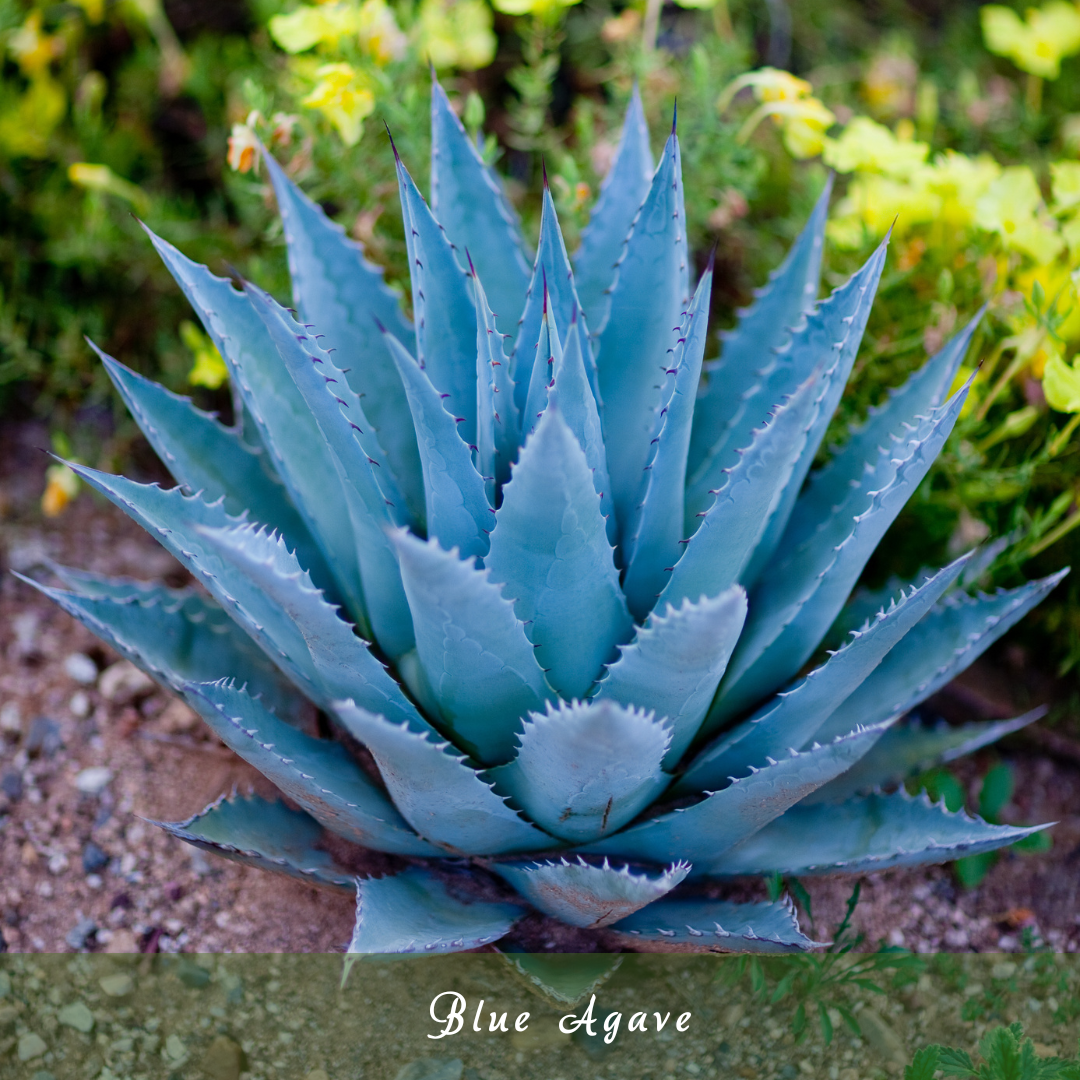
2. Agave angustifolia (Espadín Agave)
Origin & Appearance
Native to the state of Oaxaca, Mexico, this agave thrives in dry, mountainous regions and has been cultivated by local communities for generations as part of the mezcal tradition.
With its slender green leaves and sharp, saw-like teeth, this agave is one of the many unique plants showcasing both rugged and elegant characteristics.
Uses & Growth
It’s the leading species in crafting mezcal, a traditional Mexican spirit. Its sugars and earthy flavours contribute to this increasingly popular drink's smoky, complex profile.
This agave is moderately sized, typically reaching 3–5 feet in height, making it suitable for cultivated mezcal fields and spacious home landscapes.
How To Grow
Agave angustifolia (Espadín Agave) is one of the many agave plants that thrive in sunny, well-drained environments and are perfect for xeriscaping. It thrives in USDA zones 9–11 and is drought-tolerant once established.
Water sparingly and avoid frost exposure, as it's not cold-hardy. Space plants 3–4 feet apart. This agave matures in 6–8 years and is ideal for mezcal production. For its striking, upright form, use Espadín Agave as an accent plant in desert-themed gardens or rock landscapes.
3. Agave potatorum (Tobalá Agave)
Origin & Appearance
It originates from southern Mexico, where the warm climate and rugged terrain contribute to the plant’s hardy nature and the bold flavour profile it imparts to mezcal.
This agave features a compact rosette shape with broad, blue-gray leaves that form a dense, symmetrical cluster. Its thick foliage and soft colouring give it a distinctive, sculptural look.
Uses & Growth
This agave is highly valued in the production of premium mezcal and contributes rich, complex flavours. Its rarity and long growth cycle make mezcal made from it especially prized and artisanal.
Reaching only 1–2 feet in height, this small agave is ideal for gardens with limited space or container planting and offers strong visual appeal.
How To Grow
The best growing conditions for Agave potatorum (Tobalá Agave) are well-drained soil and full sun to moderate shade. It thrives in USDA zones 9–11 and prefers dry, arid conditions. Water sparingly to avoid root rot, especially in cooler months.
This slow-growing agave takes 12–15 years to mature and is prized for premium mezcal. Its compact size and striking rosette shape make it perfect for rock gardens and decorative containers.
4. Agave americana (Century Plant)
Origin & Appearance
Originally from Mexico and the southern United States, agave americana has spread throughout desert regions due to its flexibility and minimal water needs.
Its bold rosette shape and sharp-edged leaves make it one of the most striking agave plants, perfect for xeriscapes and desert gardens.
Uses & Growth
Traditionally used for fibre production, fencing, and fermented beverages like pulque. It's also popular as an ornamental plant due to its striking appearance and drought-resistant nature.
This imposing plant can grow up to 6–10 feet tall and spread 8–12 feet wide. Its massive size requires ample space, making it ideal for open landscapes.
How To Grow
Agave americana, or Century Plant, thrives in USDA zones 8–11 and prefers full sun with well-drained soil. One of the most recognizable agave plants, it grows well in full sunlight and soil that drains properly. It is ideal for large containers and xeriscaping.
Water sparingly and avoid overwatering. After 10–30 years, it blooms once, producing a tall flower stalk, then dies, leaving behind pups for propagation. In colder climates, protect from frost.
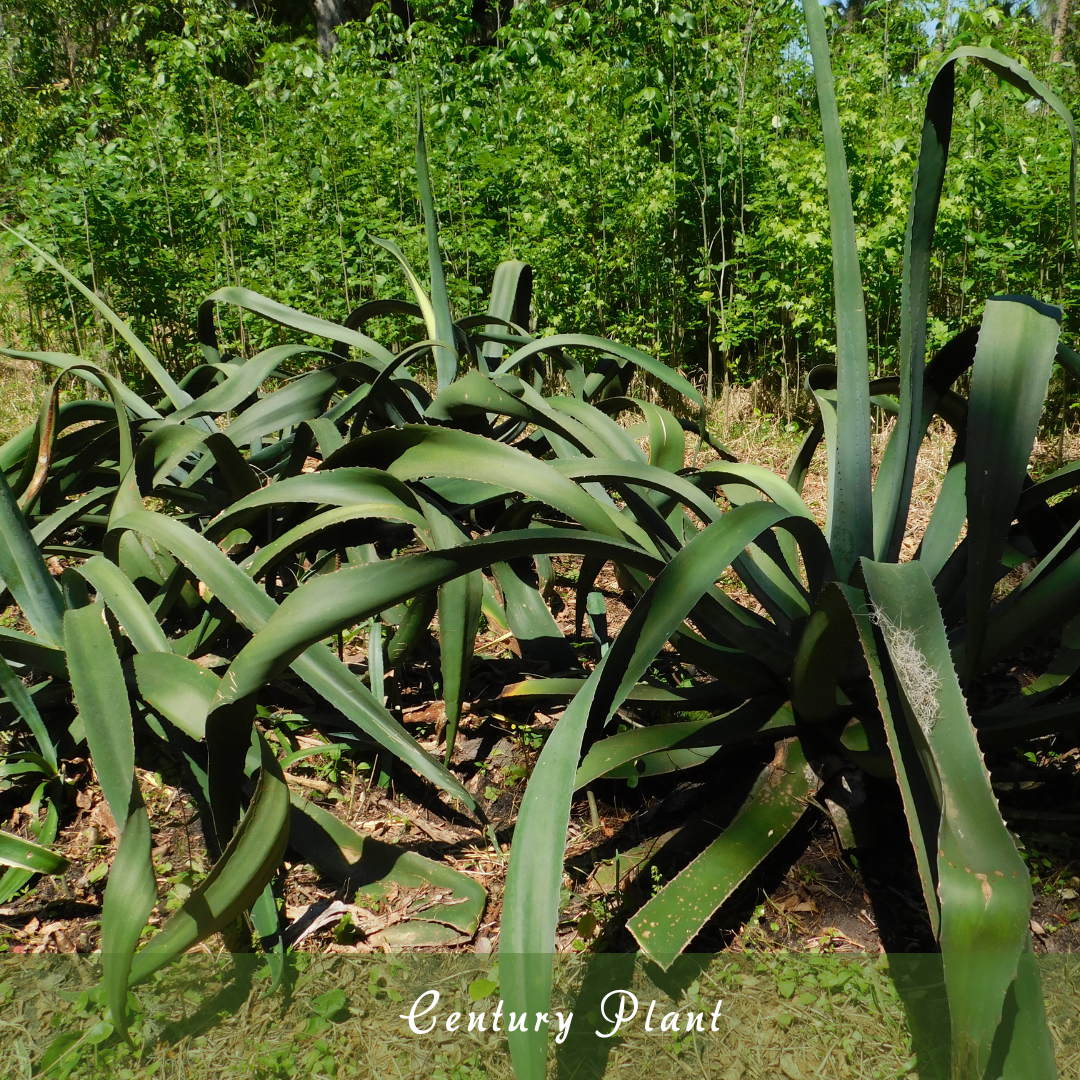
5. Agave attenuata (Foxtail Agave)
Origin & Appearance
Native to central Mexico, it thrives in warm, dry climates and coastal areas. Its adaptability and lush appearance have made it a favourite in Mediterranean and subtropical landscapes.
Agave attenuata, known for its soft, spine-free leaves and graceful rosette shape, is one of the most elegant plants, adding sculptural beauty to any garden.
Uses & Growth
It is primarily used as an ornamental plant in landscaping for its tropical look and user-friendly, non-spiky foliage. It adds elegance to patios, gardens, and low-maintenance design schemes.
It typically grows 3–5 feet tall and wide. Its moderate size and smooth-edged leaves make it popular for urban gardens and decorative containers.
How To Grow
Agave attenuata, known as Foxtail Agave, grows best in USDA zones 9–11. It favours well-drained soil and partial to full light. Unlike many agaves, it has soft, spineless leaves and a gracefully curved flower stalk resembling a foxtail.
Ideal for containers or tropical-style gardens, it's drought-tolerant but benefits from occasional watering. It protects from frost and provides shelter in cooler regions. Slow-growing, it forms striking rosettes that are perfect for decorative landscapes.
Turn Your Passion for Nature Into Income
🌿 Whether you love gardening, caring for animals, or exploring holistic living,
You can share your knowledge online and earn from it.
Discover how nature lovers are growing their passions into meaningful, income-generating blogs. 👇
6. Agave parryi (Parry’s Agave)
Origin & Appearance
It is indigenous to northern Mexico and the southwestern United States. It grows well in desert and high-elevation conditions and is renowned for its ability to withstand cold and heat.
Agave parryi is one of the most visually striking agave plants, with its tight rosettes of thick, blue-gray leaves and dark spines. Its compact and symmetrical shape gives it a bold yet tidy appearance in any landscape.
Uses & Growth
Commonly used in xeriscaping and drought-tolerant gardens. Its striking form and cold hardiness make it a top choice for decorative planting in cooler desert regions.
Usually growing 1-2 feet tall and 2-3 feet wide, this tiny to medium-sized agave is perfect for rock gardens, borders, or planting in arid conditions.
How To Grow
Agave parryi, or Parry’s Agave, thrives in USDA zones 5–10, making it one of the most cold-hardy agave species. It prefers full sun and well-drained soil, tolerating drought and frost.
Its compact rosette of blue-gray leaves and sharp spines is excellent for xeriscaping and rock gardens. Water sparingly, especially in winter, and avoid overwatering. Slow-growing, it adds strong architectural form to desert-style or minimalist landscapes.
7. Agave victoriae-reginae (Queen Victoria Agave)
Origin & Appearance
It grows best on well-drained soil and receives lots of sunlight. It is native to the northern Mexican Chihuahuan Desert and is suited to dry conditions.
This elegant agave, with its compact rosette of dark green leaves and striking white markings, is one of the most sought-after agave plants in ornamental gardening.
Uses & Growth
It is primarily used as a showpiece in succulent collections or modern landscapes. Its neat form and eye-catching contrast work beautifully in minimalist or formal garden designs.
It stays relatively small, reaching just 1–2 feet tall and wide. Its petite size and decorative appeal make it perfect for pots, borders, and rock gardens.
How To Grow
Agave victoria, or Queen Victoria Agave, grows best in USDA zones 8–11. It is an excellent option for landscapes with good drainage because it is one of the numerous agave plants that can grow in full sun to partial shade.
Ideal for pots or rock gardens, it’s drought-tolerant and needs minimal watering. Protect from frost and overwatering. Its symmetrical shape and striking foliage make it a prized ornamental agave for collectors and landscapes alike.
8. Agave ovatifolia (Whale’s Tongue Agave)
Origin & Appearance
Native to northeastern Mexico, particularly the mountains of Nuevo León. Surprisingly, it can withstand temperatures as low as 10°F and grows well in hot, dry regions. This striking agave features broad, cupped blue-gray leaves resembling a whale’s tongue.
Uses & Growth
It is widely used in modern and desert landscapes for its dramatic form. It also works well in large containers and is valued for its strong architectural presence.
It grows 3–5 feet tall and 5–6 feet wide. Its substantial size and sculptural form make it ideal as a focal point in xeriscapes and drought-tolerant gardens.
How To Grow
Agave ovatifolia, known as Whale’s Tongue Agave, thrives in USDA zones 7–11. It is one of the unique types of agave plants that is cold-hardy, making it perfect for various climates, from full sun to light frost.
Water infrequently, letting the soil dry up in between applications. Ideal for xeriscaping or large containers, its sculptural form and tolerance to various climates make it a standout in desert and modern landscapes.
9. Agave filifera (Thread Agave)
Origin & Appearance
Native to northern Mexico, this agave thrives in hot, dry regions and is well-suited to drought-tolerant landscapes. Its hardiness makes it ideal for arid climates. Agave filifera, with its delicate, fringed appearance and rosette shape, is one of the most fascinating agave plants.
Uses & Growth
It is commonly used in desert landscaping and as a low-maintenance ornamental plant. Its unique filaments and small size make it suitable for accentuating gardens with a more delicate, textured look.
It gradually reaches a height of one to two feet and a breadth of two to three feet. Rock, container, and miniature gardens all benefit significantly from its small size.
How To Grow
Agave filifera, or Thread Agave, is a compact species with narrow green leaves adorned with long, thread-like filaments along the edges. It thrives in USDA zones 9–11, preferring full sun and well-draining soil.
This drought-tolerant plant grows slowly, reaching 1–2 feet in height and width. Water sparingly and ensure the soil dries out between waterings. Ideal for containers or rock gardens, its striking appearance makes it a beautiful addition to any landscape.

10. Agave bracteosa (Spider Agave)
Origin & Appearance
Native to northeastern Mexico, particularly the Chihuahuan Desert region, agave bracteosa thrives in dry, rocky environments and is adapted to arid, full-sun conditions.
With its slender, arching leaves arranged in a spiral pattern, it is one of the most striking agave plants, adding a unique visual element to any garden.
Uses & Growth
It is used in deserts and xeriscaping for its distinctive shape and minimal care requirements. It adds texture and visual interest, especially in drought-resistant or low-maintenance gardens.
Usually reaching a height of 1-2 feet and a width of 2-3 feet, it is a compact and eye-catching addition to small gardens or pots or as a border plant.
How To Grow
Agave bracteosa is one of the fascinating types of agave plants. It is known for its unique spider-like leaf arrangement, which makes it a standout in any landscape. It thrives in USDA zones 9–11 and prefers full sun to partial shade.
This drought-tolerant plant grows slowly, reaching 1-2 feet in height and 2-3 feet in spread. Well-draining soil is essential and should be watered sparingly to avoid root rot. It is perfect for containers or modern landscapes.
11. Agave parryi var. truncata (Artichoke Agave)
Origin & Appearance
Native to the highlands of Mexico, Agave parryi var. truncate thrives in rocky, dry soils. It’s well-suited to regions with low rainfall and high sun exposure and thrives in desert conditions.
This agave has smooth, blue-gray leaves with rounded edges, forming a compact rosette that resembles an artichoke.
Uses & Growth
This agave is perfect for rock gardens, xeriscaping, or desert landscapes. It provides strong visual interest and can be used as a striking border plant or a garden focal point.
Agave parryi var. truncate grows to 2–3 feet tall and can spread 3–4 feet wide. Because of its small size, it is perfect for small gardens, borders, or containers.
How To Grow
Agave parryi var. truncata, commonly known as Artichoke Agave, features symmetrical rosettes of thick, blue-gray leaves with sharp spines at the tips. It thrives in USDA zones 5–10 and prefers full sun and well-draining soil.
This slow-growing plant reaches about 1–2 feet in height and 3 feet in width. It's drought-tolerant and makes an excellent choice for xeriscaping or as an architectural accent in gardens. Water sparingly to prevent root rot.
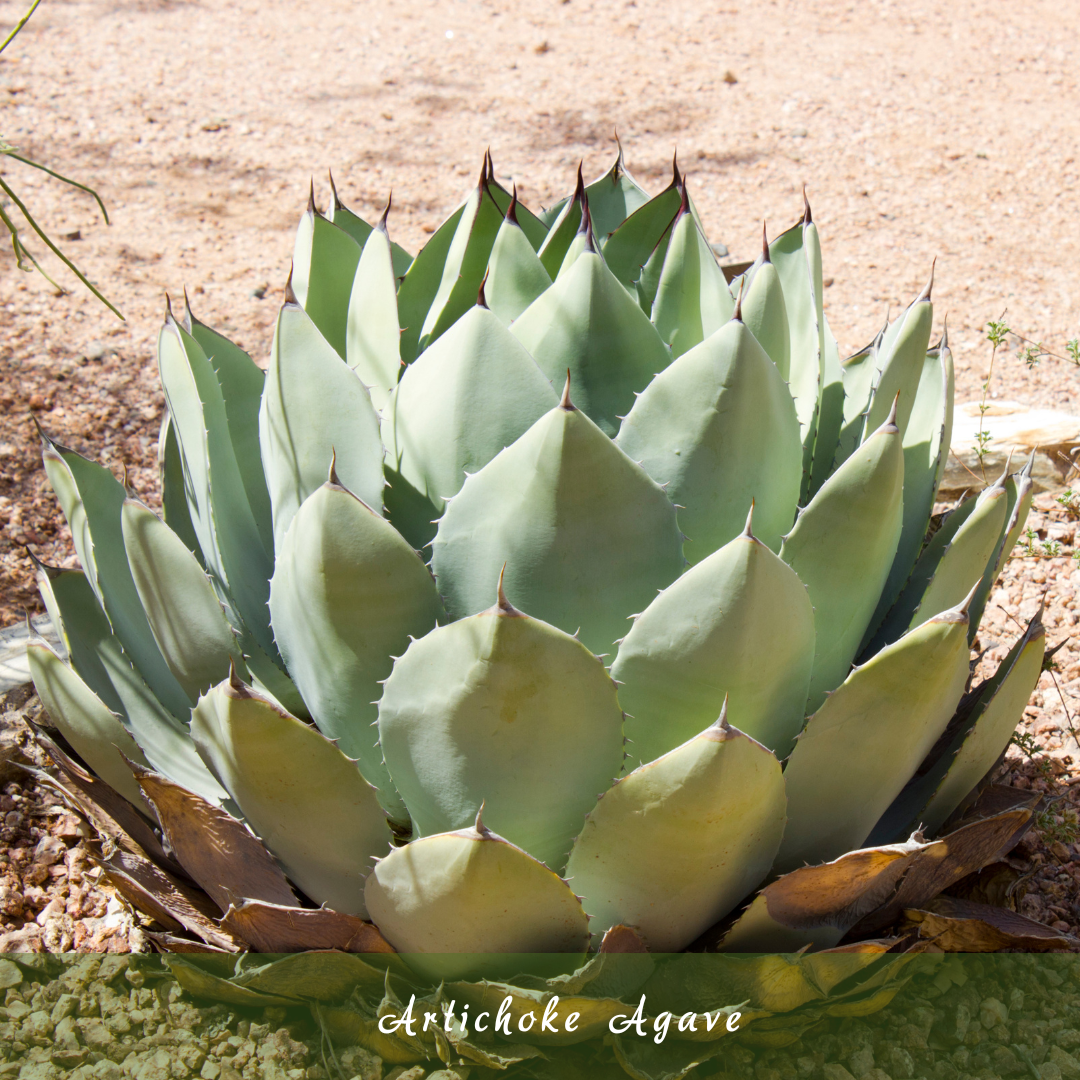
12. Agave salmiana (Green Giant Agave)
Origin & Appearance
Native to central and southern Mexico, Agave salmiana thrives in dry, well-draining soils. Its natural habitat in rocky, arid regions makes it ideal for similar climates with little rainfall.
Agave salmiana, with its large, broad leaves and sharp spines, is one of the most dramatic agave plants. It makes a bold statement in any landscape.
Uses & Growth
Commonly used in desert landscaping and xeriscaping, Agave salmiana adds drama and structure to dry, sun-drenched landscapes. Its size and robust shape make it perfect for large outdoor spaces.
This agave is a striking addition to gardens, reaching 6 feet in height and spreading to 8 feet in width. In any landscape, its size makes a visual statement.
How To Grow
Agave salmiana is one of the impressive types of agave plants known for its large size and striking gray-green foliage, making it a bold addition to any garden.
It thrives in USDA zones 9–11 and prefers full sun and well-draining soil. This robust plant can grow up to 6 feet tall and 8 feet wide.
It’s drought-tolerant but requires occasional watering. This agave adds bold structure and texture to landscapes, perfect for xeriscaping, particularly in desert or modern garden designs.
Conclusion
In conclusion, gardeners and enthusiasts can explore the various types of agave plants to select the perfect species to suit their landscaping, ornamental, or functional needs, ensuring enduring beauty and ease of care.
By understanding the different types of agaves, gardeners and enthusiasts can choose the right plant for their needs, ensuring long-lasting beauty and minimal maintenance in their landscapes or homes.
I trust you enjoyed this article on the Amazing Types of Agave Plants to Beautify Your Garden Naturally. Please stay tuned for more inspiring guides, helpful tips, and ideas to help you live closer to nature every day.
Take care!
— JeannetteZ
💬 Your Opinion Is Important To Me
Do you have thoughts, ideas, or questions? I’d love to hear from you. Please leave your comments below or email me directly at Jeannette@Close-To-Nature.org.
📚 More Nature-Inspired Reads
Explore more ways to connect with nature, nurture your pets, and live in harmony with the world around you 🌿

